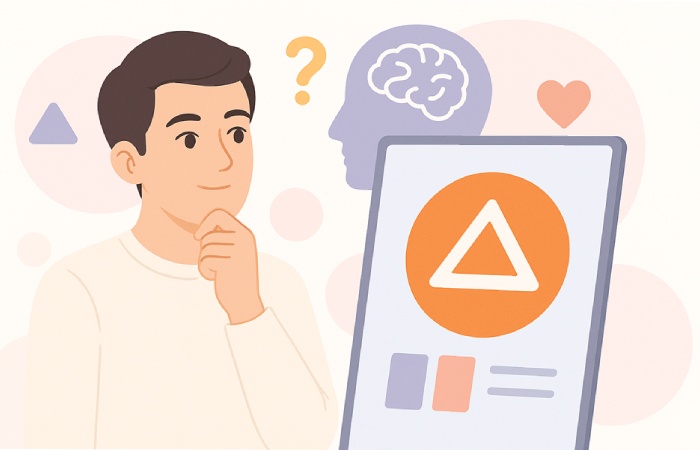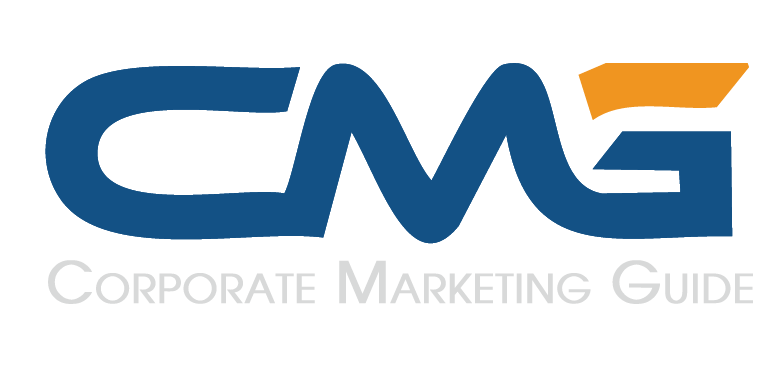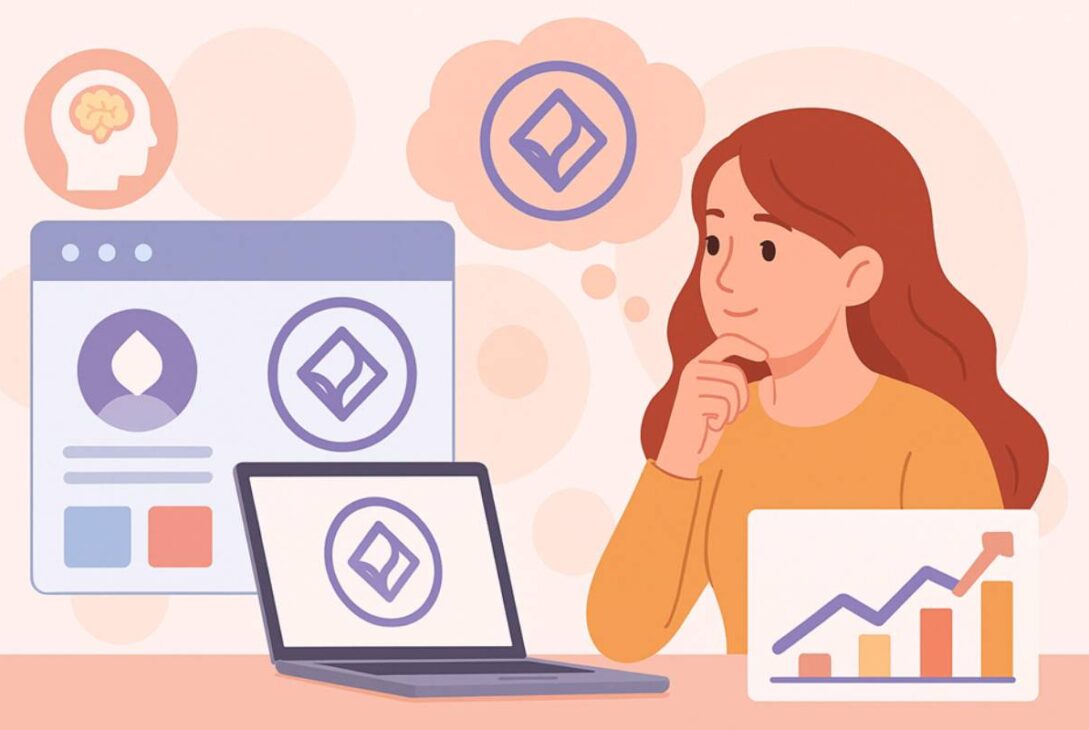What makes a logo feel trustworthy, exciting, or luxurious? It’s not magic — it’s psychology. And today, artificial intelligence is learning to harness that same psychological knowledge to create logos that work — instantly and emotionally.
AI-generated logos are more than random icons paired with fonts. With the help of an advanced AI logo creator, algorithms analyze human reactions to shapes, colors, and styles to craft identities that resonate. The result? Faster, smarter branding — grounded in how people actually think and feel.
In this article, we’ll explore the psychology behind AI-generated logos, how the technology decodes human emotion, and how startups and creators can use these tools to build compelling brands.
How AI Understands Design Psychology
Artificial intelligence doesn’t have emotions — but it can learn how humans respond to visual cues. AI-driven logo generators are trained on massive datasets that connect visual elements with brand perception.
How It Works
- Machine Learning Models: Analyze thousands of logos, brand styles, and user preferences.
- Psychographic Mapping: Match visual elements (like colors and shapes) with emotional responses from audiences.
- Design Rules: Integrate principles from psychology and visual design — such as Gestalt theory, color theory, and semiotics.
AI tools don’t create randomly. They select visual elements that statistically align with how people react — a process that mirrors how experienced designers use intuition.
Example: A logo with a blue color scheme, geometric sans-serif font, and symmetrical layout is often interpreted as professional, calm, and reliable — ideal for finance or tech.
The Psychological Principles Behind Logos
To understand AI-generated logos, it helps to look at the psychological foundations they’re built on.
- Color Psychology
Colors evoke emotional responses. AI tools map color palettes to brand traits based on psychological research.
| Color | Typical Associations | Best For |
| Blue | Trust, calm, intelligence | Finance, SaaS, healthcare |
| Red | Energy, passion, urgency | Food, sports, retail |
| Green | Growth, health, sustainability | Eco brands, wellness, tech |
| Yellow | Optimism, friendliness, creativity | Startups, media, lifestyle |
| Black | Luxury, authority, sophistication | Fashion, law, high-end tech |
AI selects and adjusts these palettes based on the brand tone you provide.
- Shape Language
Shapes have subconscious meaning:
- Circles: Community, unity, friendliness
- Squares/Rectangles: Stability, strength, reliability
- Triangles: Direction, motion, innovation
- Organic Shapes: Creativity, approachability, uniqueness
AI learns to associate certain shapes with industries and personalities — helping generate logos that speak clearly without saying a word. In the same way, many brands also use design platforms to create business cards that visually align with their logo identity, ensuring consistency across all touchpoints.
- Typography Psychology
Fonts carry emotional weight, too. AI tools choose and pair fonts based on their style and message.
| Font Type | Psychological Impact | Example Use Case |
| Serif | Tradition, authority, elegance | Law firms, academic brands |
| Sans-serif | Modern, clean, approachable | Startups, apps, tech products |
| Script | Creativity, personality, informality | Personal brands, boutique |
| Monospace | Technical, minimal, retro | Developer tools, tech blogs |
How AI Applies Psychology to Your Logo

AI logo generators usually follow a guided process:
You Input Brand Information
- Brand name
- Tagline (optional)
- Industry
- Brand tone (e.g., friendly, professional, bold)
The AI Matches Visual Components to Traits
Based on your tone and industry, the AI selects:
- Colors that match your emotional goals
- Font pairings that convey your brand’s personality
- Icons and shapes that align with your sector
The AI Generates Multiple Logo Options
Each option subtly reflects the psychological cues derived from your input. For example:
- A fitness startup might get angular shapes and red accents to express energy and power.
- A meditation app could be shown logos with soft curves and cool tones like green or lavender.
You Customize
Most tools allow you to:
- Adjust the font style or size
- Swap iconography
- Refine color combinations
- Move elements for better balance
You’re still in control — but the psychology is already built into the foundation.
ce response to different AI-generated options — real psychology meets real data.
AI vs. Human Design Psychology: What’s the Difference?
| Factor | AI-Generated Logos | Human-Designed Logos |
| Speed | Seconds to minutes | Days to weeks |
| Psychological Foundation | Data-driven, statistically optimized | Intuitive, experience-based |
| Personalization | High (within structured limits) | Very high — can break rules meaningfully |
| Emotional Depth | Consistent, but limited nuance | Can reflect complex or layered storytelling |
| Best For | Startups, MVPs, budget-conscious brands | Premium brands, nuanced identity needs |
AI can understand how people react — but only humans can anticipate why. That said, AI offers a powerful shortcut to validated design choices when time and budget are tight.
FAQ
Can AI really “understand” emotions?
AI can’t feel, but it can predict how humans will feel based on patterns in data. That’s how it makes design decisions that align with emotion.
Will AI-generated logos all look the same?
Not necessarily. While some templates are reused, your brand tone, style input, and tweaks create unique combinations — especially if you customize beyond defaults.
Is AI design as effective as human design?
For fast, clear communication, AI can be just as effective. For complex, layered brand storytelling, human insight may still lead the way.
Conclusion
AI-generated logos aren’t just fast and affordable — they’re also grounded in real psychological principles. By learning how people respond to color, shape, and typography, AI tools can build visual identities that do more than look good — they feel right.
For startups and creators, this means access to branding that’s both beautiful and effective, even without a designer. Just bring your voice, choose your tone, and let psychology-powered AI take care of the rest.
This article was created by the team at Turbologo — helping startups, developers, and entrepreneurs design smarter, faster, and more meaningfully with AI-powered branding.
Also Read: Decathlon Near Me World Wide



